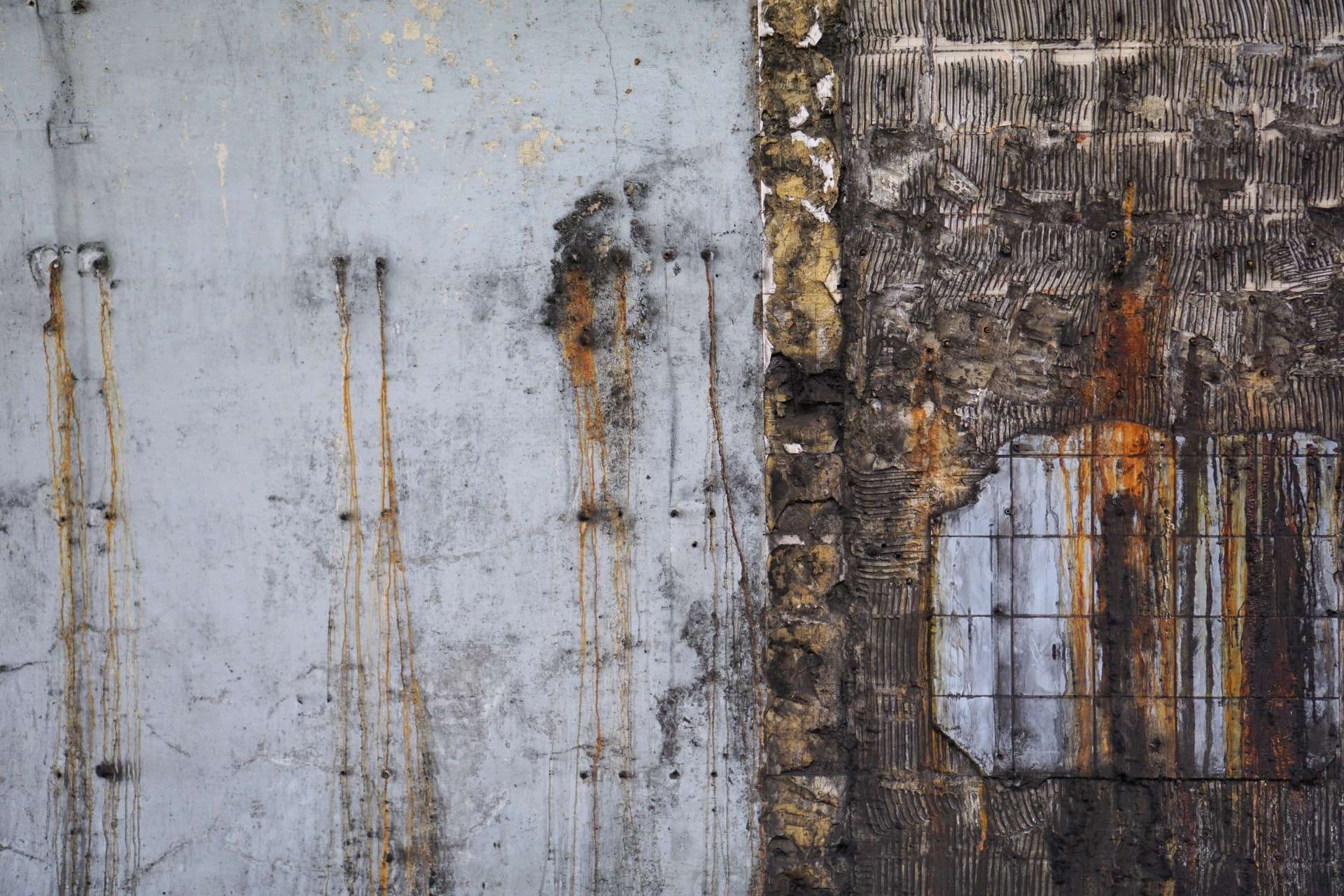Only a few types of leaks are as dangerous as hidden slab leaks, originating from beneath the concrete structure and foundation of your home. These leaks have the potential to grow dangerous mold or cause structural damage over time. Thus, it is vital to detect and repair a slab leak as soon as possible. To do so, you must first learn to recognize and assess slab leak signs.
Concrete’s Water Permeability
Concrete, a porous material, is permeable by water. When water is laid on concrete, the material becomes damp. The moisture must go somewhere when it dries, so the water evaporates and forms minute capillaries in the concrete. Even when the concrete hardens, the capillaries remain. In this way, concrete becomes a sponge.
While concrete is a very long-lasting material, moisture travels through these microscopic tunnels and creates a water leak. Concrete also contains calcium, which dissolves in water. As more calcium is taken by the water, the size of these little aqueducts will increase.
The Causes of Slab Leakage
A slab is the concrete foundation of your home. It has three plumbing systems: water, sewer, and gas. If one of them fails and leaks, the resulting damage to your home and yard can be severe.
Improper installation, pipe corrosion, abrasion, tree roots, shifting earth, and excessive water pressure can all cause lines to break or leak. Early detection of slab leaks saves money and prevents long-term damage.
The Rising Water Bill
A sudden increase in your water bill, or even a monthly increase, indicates a problem. So, keep an eye on your water bill if it rises. Of course, water expenditure varies naturally from month to month, but unexplainable water bill increases are red flags, especially if they are unreasonable.
Slab leaks are not the only cause of an increase in your water bill. Any leak, no matter how tiny, can affect your water bill. Maybe you can also keep an eye on the state of your toilets and pipe joints. You might be startled to see little leaks!
Detecting Water Leak in a Concrete Floor
A slab leak permits water to accumulate beneath your home’s concrete foundation. After a while, the water will start to rise everywhere it can. Water may eventually reach your yard or in your home’s basement.
If the issue worsens to this point, it must be addressed immediately. Pooling water can deform floors, promote mildew growth, cause sinkholes, and even jeopardize the property’s structural stability.
1. Use Your Sense of Smell
Unfortunately, subsurface slab leaks can be difficult to detect in their early stages. Mold is typically the first issue to arise. Mold grows in your home’s seams and crevices as a result of water leaks. And as mold grows, so does the odor. The musty stench could be your first clue, so you must find its source immediately.
2. Go Barefoot on Concrete Floor
Look for warm spots on your floor. Make a note of any hot spots you come across and return the next day. If the same location remains warm, there could be a leaking hot water pipe beneath.
Sewer leaks usually smell like sewage, and they have the potential to destroy your basement’s flooring. A sewage leak could cause tile, brick, or molding fractures.
Conclusion
Sometimes, what’s hidden is what’s more difficult to fix. In this case, the most dangerous and costly leaks are the hardest to locate. So if you suspect that you have water leaks in your concrete floor, simply avoid becoming agitated and all for professional help right away.
If you’re searching for a plumber in San Fernando Valley, Candu Plumbing & Rooter is readily available for your repair needs. This team of professionals can give you the best solutions and assist you in any way. Book your appointment today!



